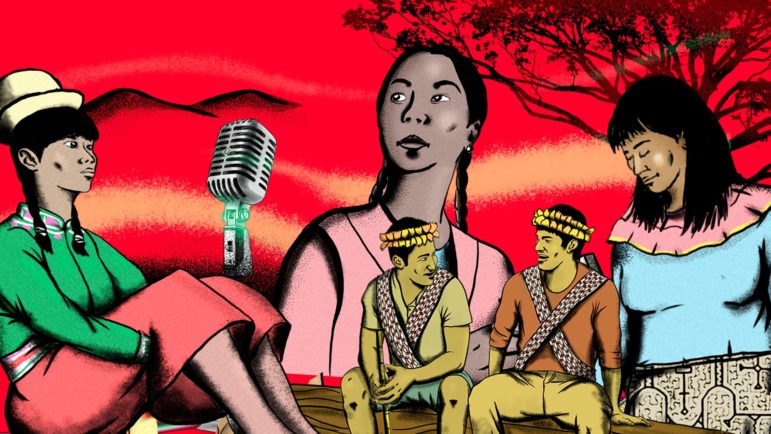
News & Analysis
The Global Rise of University-Based Investigative Journalism Centers
More universities are devoting resources to the teaching and practice of investigative journalism than ever before, and six recently-launched university-based investigative centers joined GIJN late last year. Olivier Holmey spoke to outlets in Norway, Japan, South Africa, and the Americas to find out what lies behind this growing trend.









